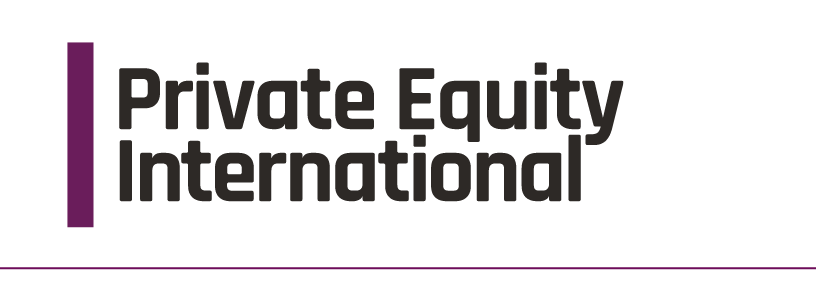
Home Sponsored
Sponsored
The GP-led secondaries market continues to benefit from innovation and shows no signs of slowing down, say Akin Gump Strauss Hauer & Feld partners.
LPs face new risk management and execution issues as the GP-led secondaries market expands, say AltamarCAM Partners global CEO and managing partner José Luis Molina and partner Derek Snyder.
Consistent market activity and deep domain expertise can help overcome the challenges associated with integrating continuation vehicles into a broader secondaries portfolio, says Partners Group’s Anthony Shontz.
Innovative multi-asset transactions and deals that offer broad sector exposure are likely to be on the continuation fund menu this year, say Jeremy Duksin and Jonathan Abecassis at Credit Suisse.
From selecting a lead buyer to rolling over carry, Charles Smith, CIO and managing partner at Glendower Capital, outlines the key components for completing a successful GP-led secondaries deal.
Leveraging global M&A execution capabilities and cross-functional knowledge is key to driving optimal pricing for GP-led deals, say PJT Partners managing directors Christopher Areson, Jolie Chow and Johanna Lottmann.
GP-led deals have been around for a long time but today’s transactions bear little resemblance to those of a decade ago, say Adams Street Partners’ Jeff Akers, Troy Barnett and Pinal Nicum.
Investing in GP-led continuation vehicles is an entirely different business to traditional LP secondaries, say Matt Jones and Michael Woolhouse at TPG GP Solutions.
These transactions bring advantages for LPs, GPs, management teams and secondaries buyers, say Kevin Dunwoodie and Charlotte Morris, partners in Pantheon’s global secondaries team.
There is a shortage of buy-side capital for GP-led continuation funds, even though LPs are quickly waking up to the opportunity, say Portfolio Advisors’ Brian Mooney and Stephen Sloan.














